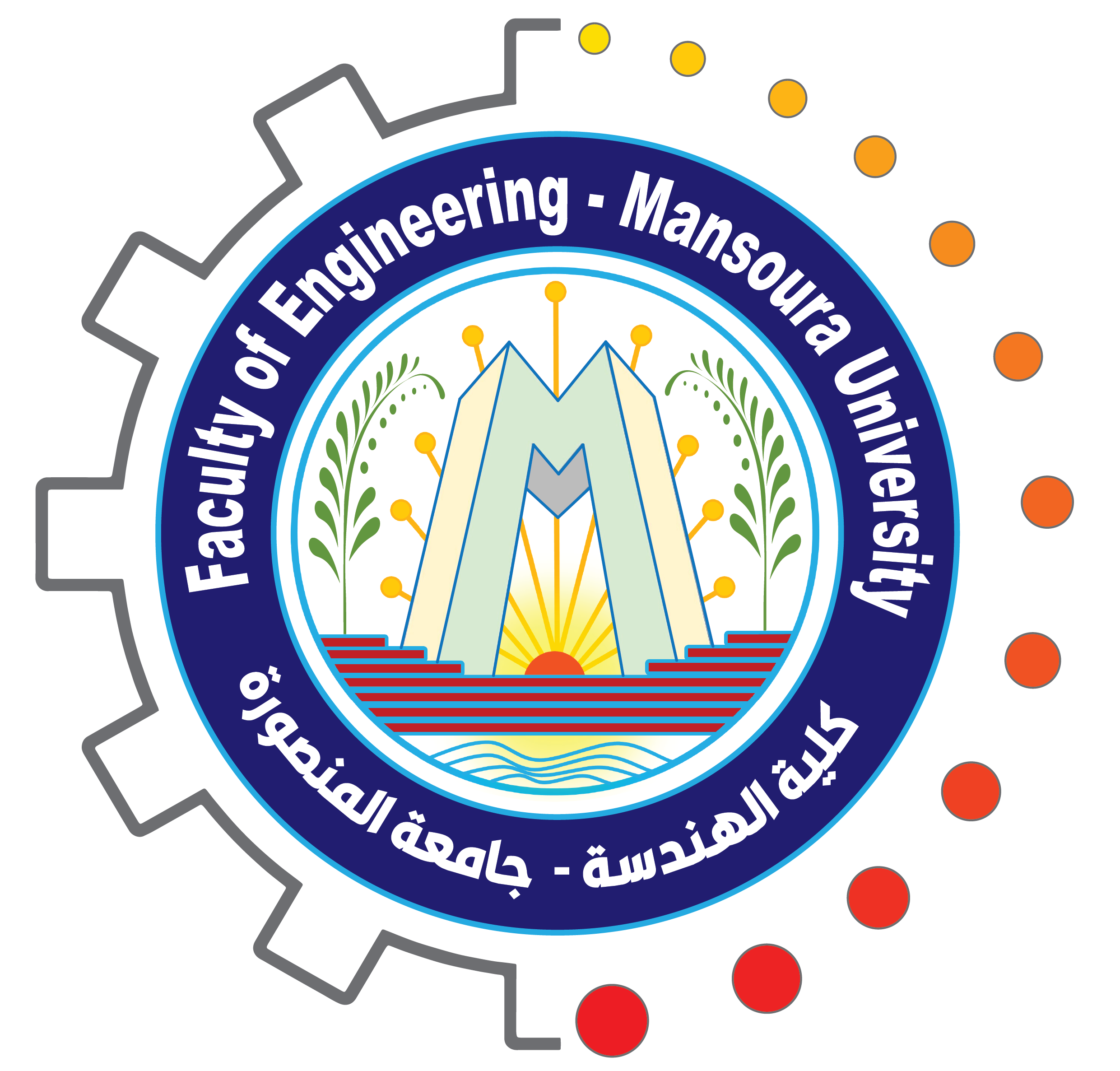Subject Area
Architectural Engineering
Article Type
Original Study
Abstract
Analyzing air movement in open spaces is essential for developing livable environments and fostering unique atmospheres. By visualizing this intangible element, designers can enhance spatial quality and explore innovative solutions. This article examines the integration of aerodynamic simulations of air movement into the design process of an architectural graduation project conducted at the Grenoble School of Architecture, in collaboration with the Cresson research team and the Design by Research Lab. The project focuses on designing living bridges over the Nile in Cairo as part of an international architecture competition.The pedagogical exercise comprised theoretical lectures complemented by simulation sessions, designed to guide students in developing their projects with a focus on natural air movement in both indoor and outdoor spaces of the proposed bridges. The objective was to evaluate how students employ aerodynamic simulation tools to visualize and analyze their designs throughout the design process.The students' work encompassed three distinct scales. The first group utilized simulations to visualize air movement around the overall project forms. The second group applied these tools to analyze air movement within smaller architectural elements, such as mashrabiya. The third group employed aerodynamic simulations to generate new forms aimed at enhancing natural ventilation within the projects. This paper investigates how these tools can inform design decisions across multiple scales, rangingfrom small-scale details to large-scale forms.
Keywords
Thermal ambiances, Aerodynamic simulation; architectural design process; living bridges; architecture pedagogic.
Creative Commons License

This work is licensed under a Creative Commons Attribution 4.0 License.
Recommended Citation
Elghawaby, Mahmoud M.
(2025)
"Integrating Aerodynamic Behavior in the Design Process through Digital Tools: An Architectural Pedagogic Exercise,"
Mansoura Engineering Journal: Vol. 50
:
Iss.
1
, Article 3.
Available at:
https://doi.org/10.58491/2735-4202.3249
Included in
Architecture Commons, Engineering Commons, Life Sciences Commons










